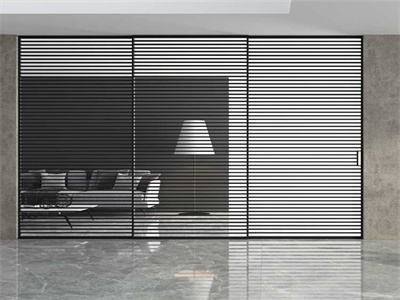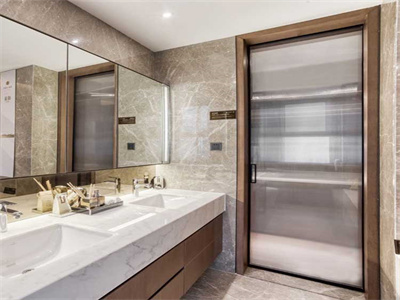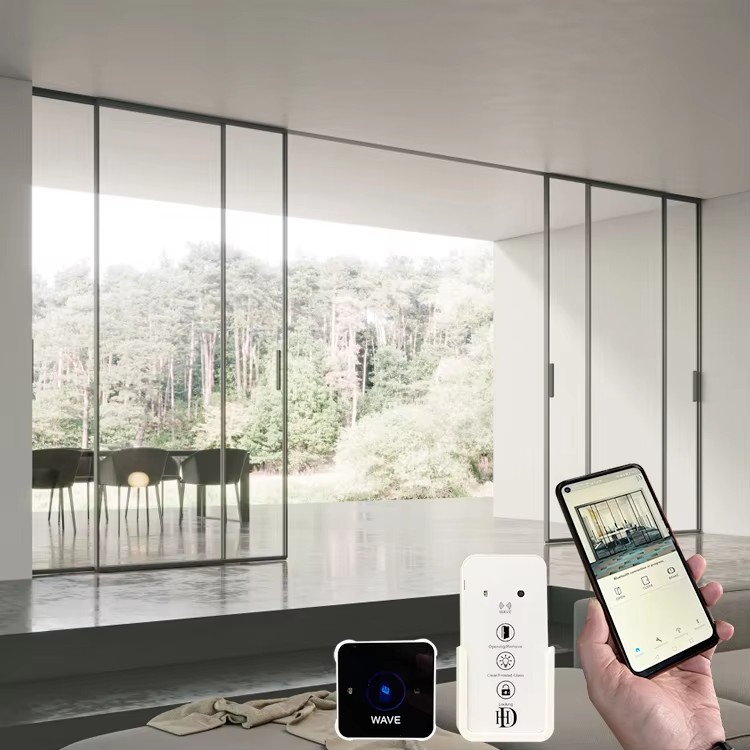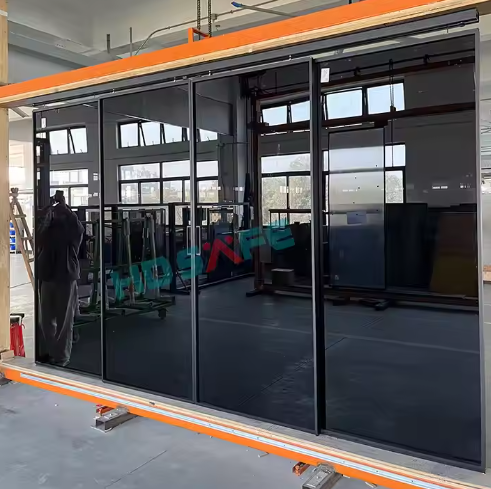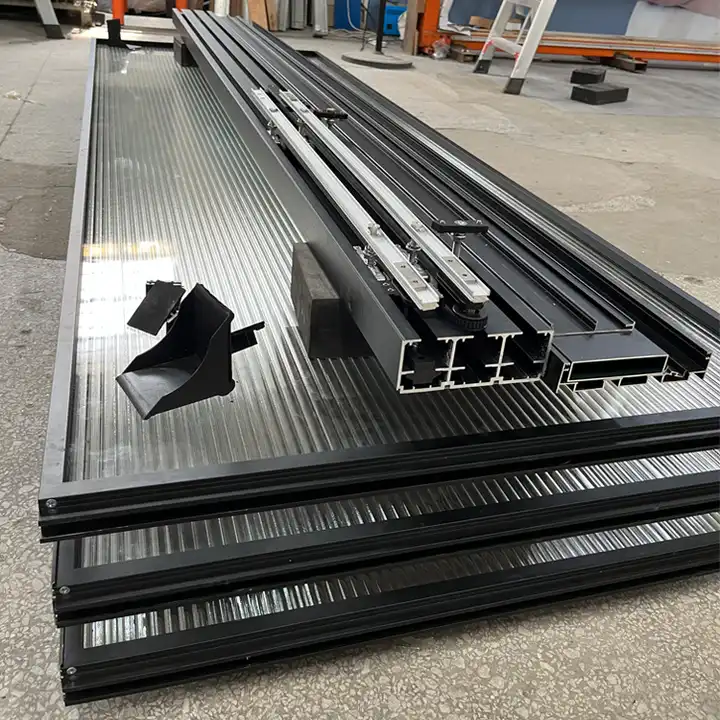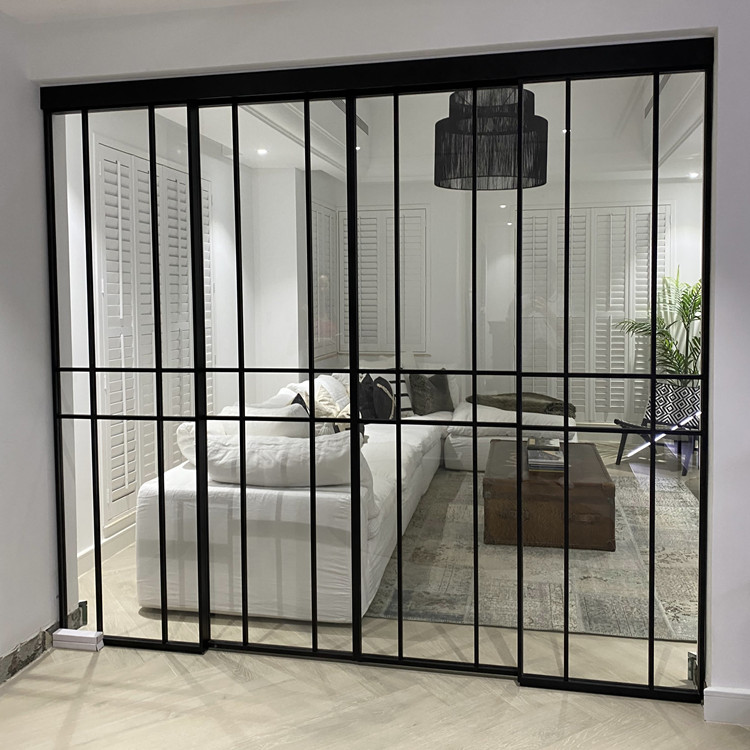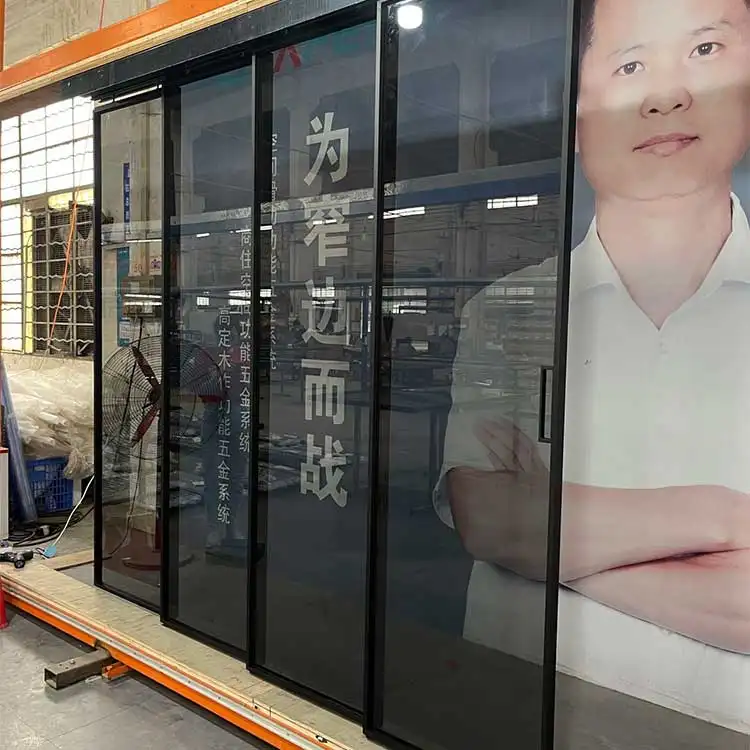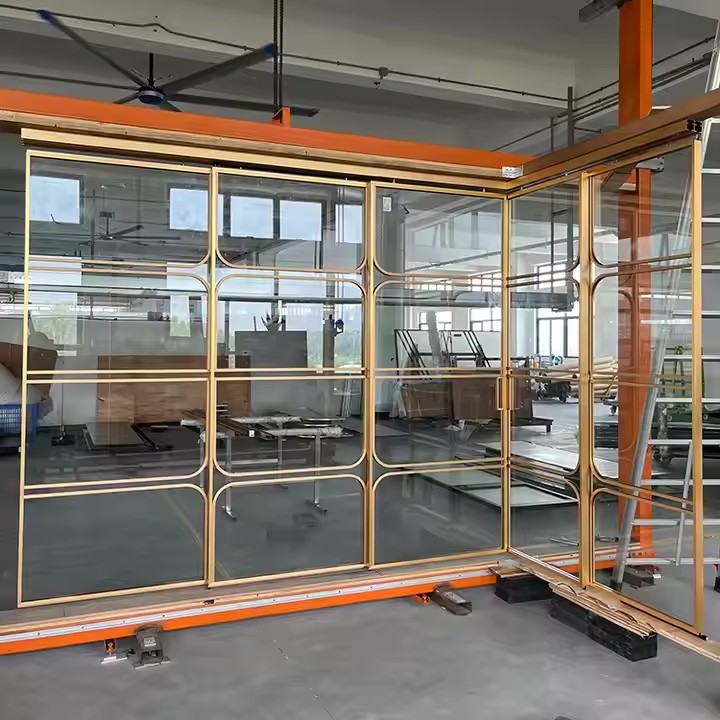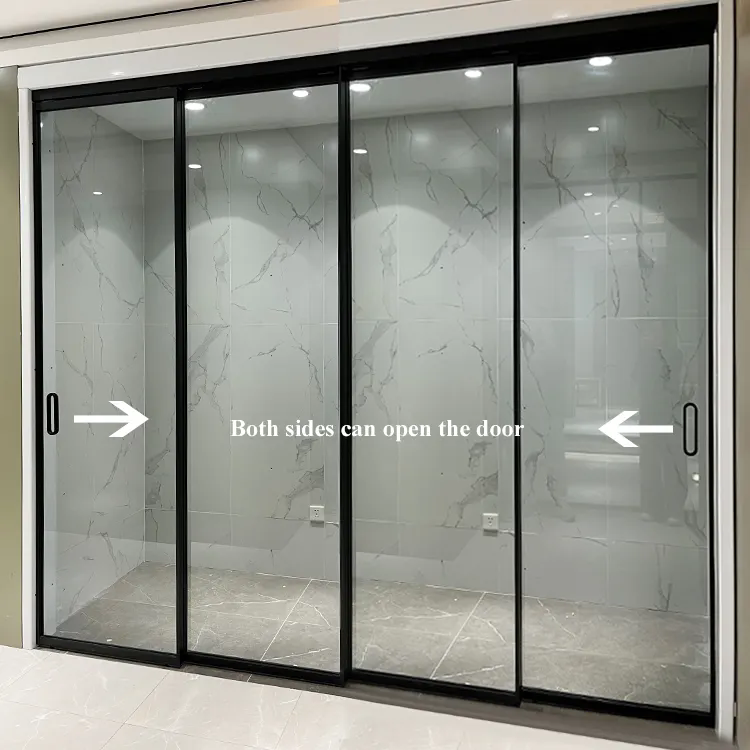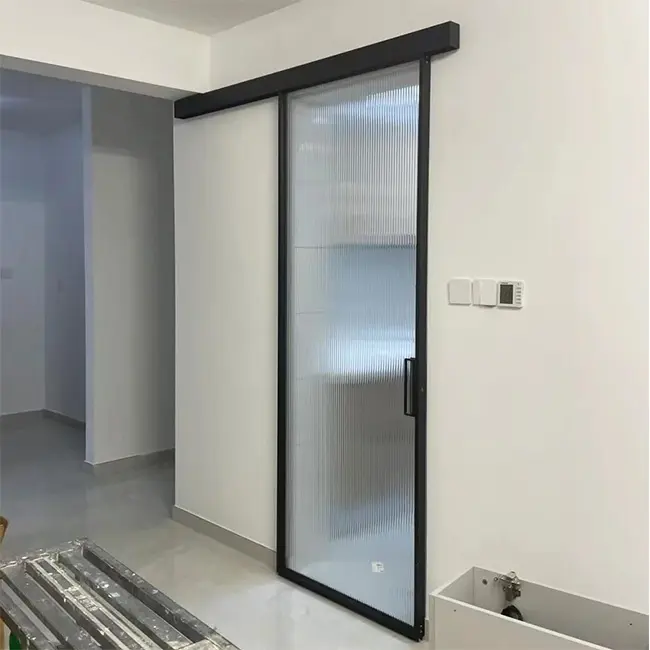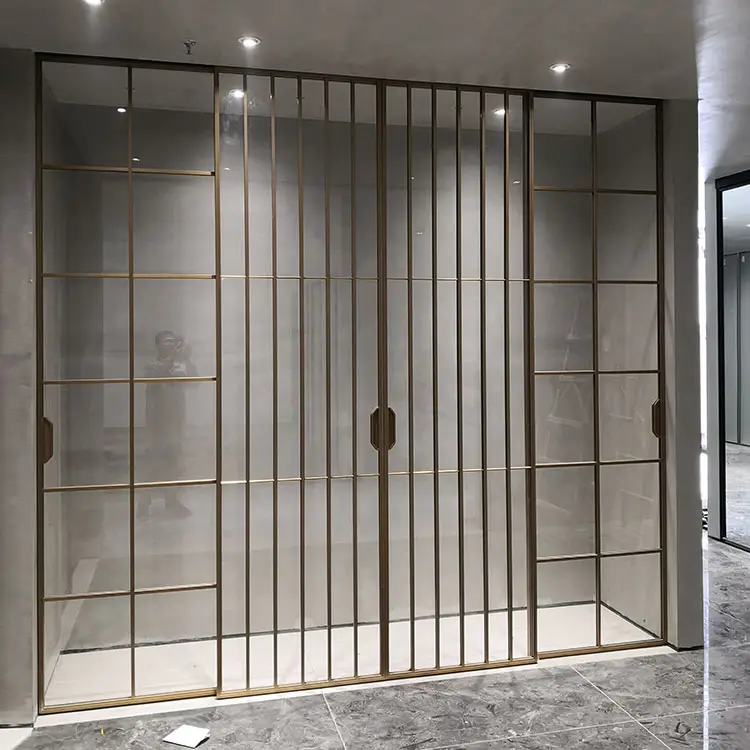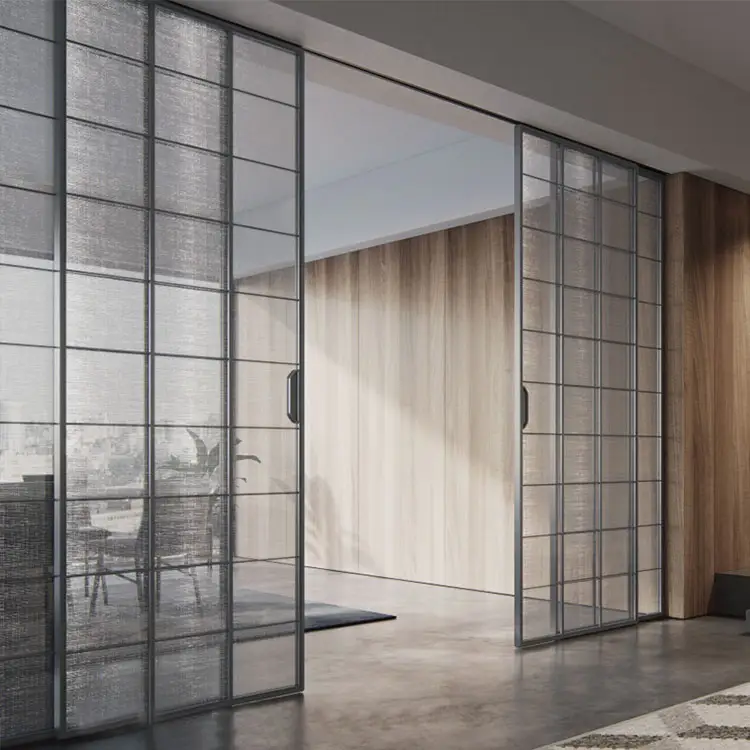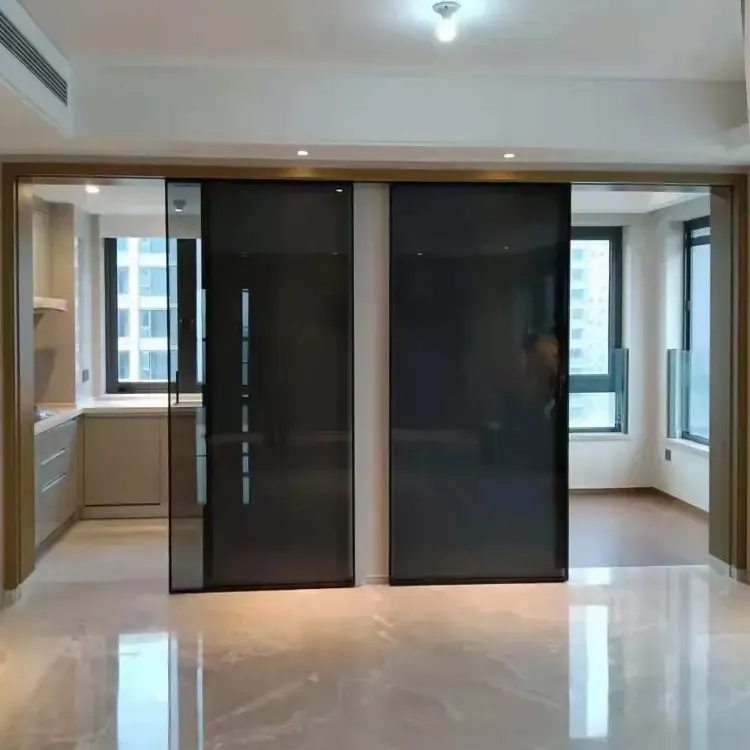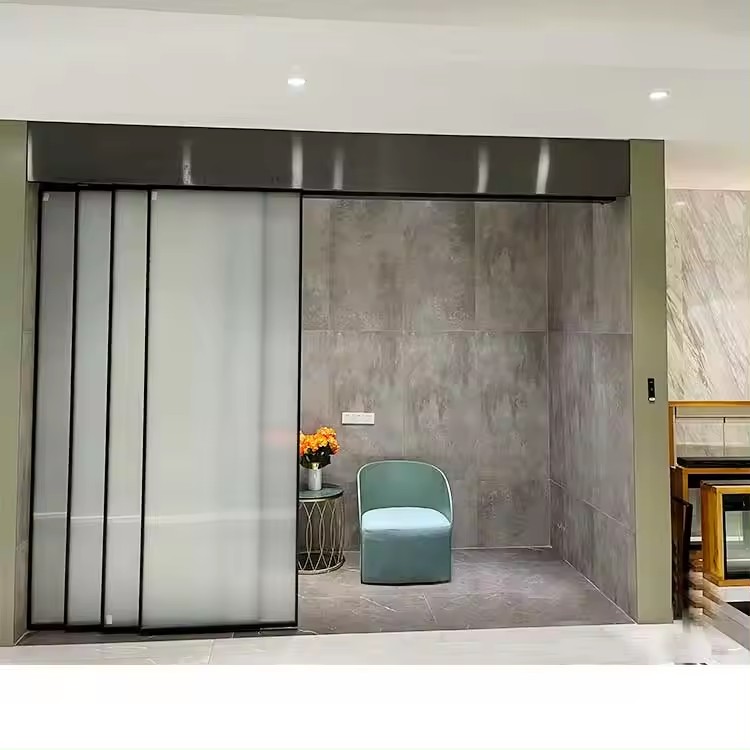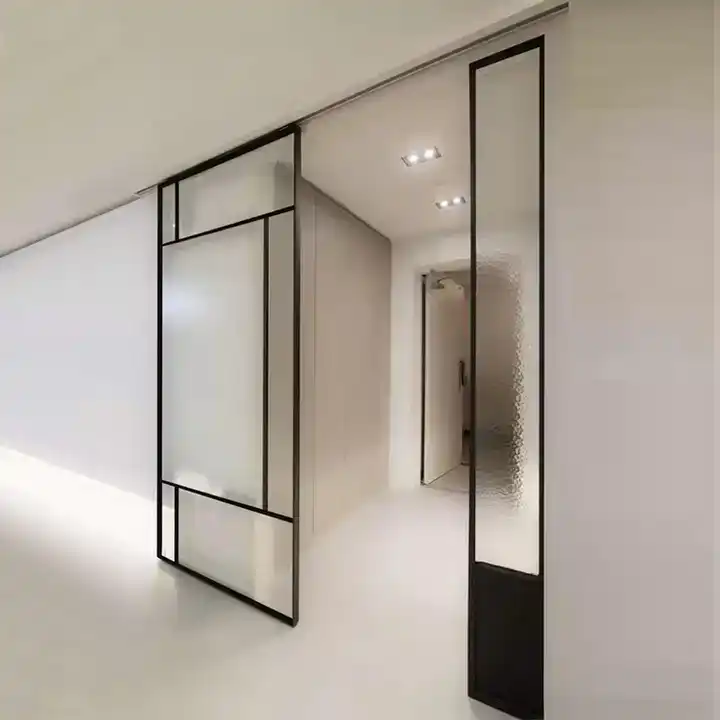Introduction:
Sliding doors have long been favored for their seamless integration of indoor and outdoor spaces, providing a smooth transition and unobstructed views. However, the traditional track system can sometimes hinder the overall design and functionality. In response, innovative solutions such as sliding doors without a track have emerged, offering an enhanced aesthetic appeal and improved functionality. In this blog post, we will explore the advantages, mechanisms, and applications of sliding doors without a track.

Advantages of Sliding Doors Without a Track:
1. Seamless Design: By eliminating the track, sliding doors can achieve a sleek and seamless appearance, enhancing the overall aesthetic appeal of any space. This design feature allows for a more modern and minimalistic look, perfect for contemporary architecture.
2. Unobstructed Pathway: Sliding doors without a track provide unobstructed and effortless mobility. Without the need to navigate over a track, these doors allow for a smoother and more convenient transition between indoor and outdoor areas, enhancing accessibility for all occupants.
3. Low Maintenance: Traditional sliding doors with tracks often require regular cleaning and maintenance to prevent debris buildup, which can hinder their smooth operation. Sliding doors without a track not only eliminate this concern but also reduce the need for ongoing maintenance, making them a practical and time-saving choice.

Mechanisms of Sliding Doors Without a Track:
1. Bottom-Guide System: Sliding doors without a track often utilize a bottom-guide mechanism. This mechanism utilizes a concealed bottom channel that guides the door panel, allowing smooth and secure sliding without the need for a visible track. By distributing the weight evenly, this bottom-guide system ensures stability and ease of operation.
2. Top-Hung System: Another mechanism used for sliding doors without a track is the top-hung system. This system involves suspending the door panels from a sturdy top track, concealing it from view. The weight of the door is distributed along this top track, providing stability and effortless sliding motion.
Applications of Sliding Doors Without a Track:
1. Residential Spaces: Sliding doors without a track are increasingly popular in residential settings, especially for homeowners looking to create a seamless connection between their living areas and outdoor spaces. These doors are ideal for patios, balconies, and garden entrances, enhancing natural light, ventilation, and the overall visual appeal of the home.
2. Commercial Spaces: Sliding doors without a track are also being utilized in various commercial applications. Restaurants, cafes, and hotels, for instance, can incorporate these doors to create open-air seating areas during pleasant weather conditions, further enhancing the dining or entertainment experience for customers.
Conclusion:
Sliding doors without a track offer an attractive alternative to traditional track systems, providing a seamless and practical solution for both residential and commercial spaces. With their modern design, unobstructed pathways, and low maintenance requirements, these doors offer improved aesthetics, functionality, and convenience. Whether you are looking to enhance your home's visual appeal or create a unique ambiance in a commercial setting, sliding doors without a track are a remarkable choice.





 Home
Home Aug 22,2023
Aug 22,2023 
 The Elegance of Frameless Folding Glass Doors: A Stylish Choice for Modern Living Spaces
The Elegance of Frameless Folding Glass Doors: A Stylish Choice for Modern Living Spaces 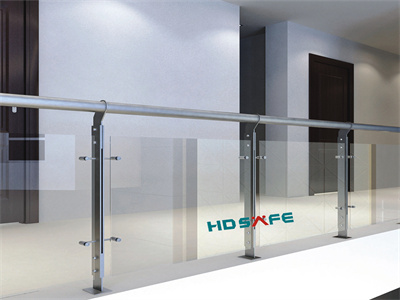
 Jul 28,2023
Jul 28,2023 


